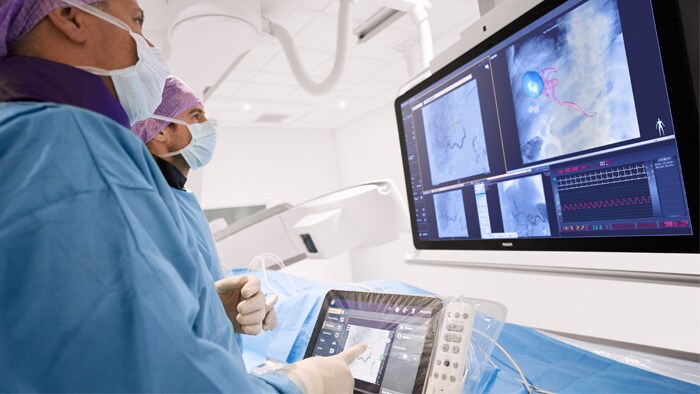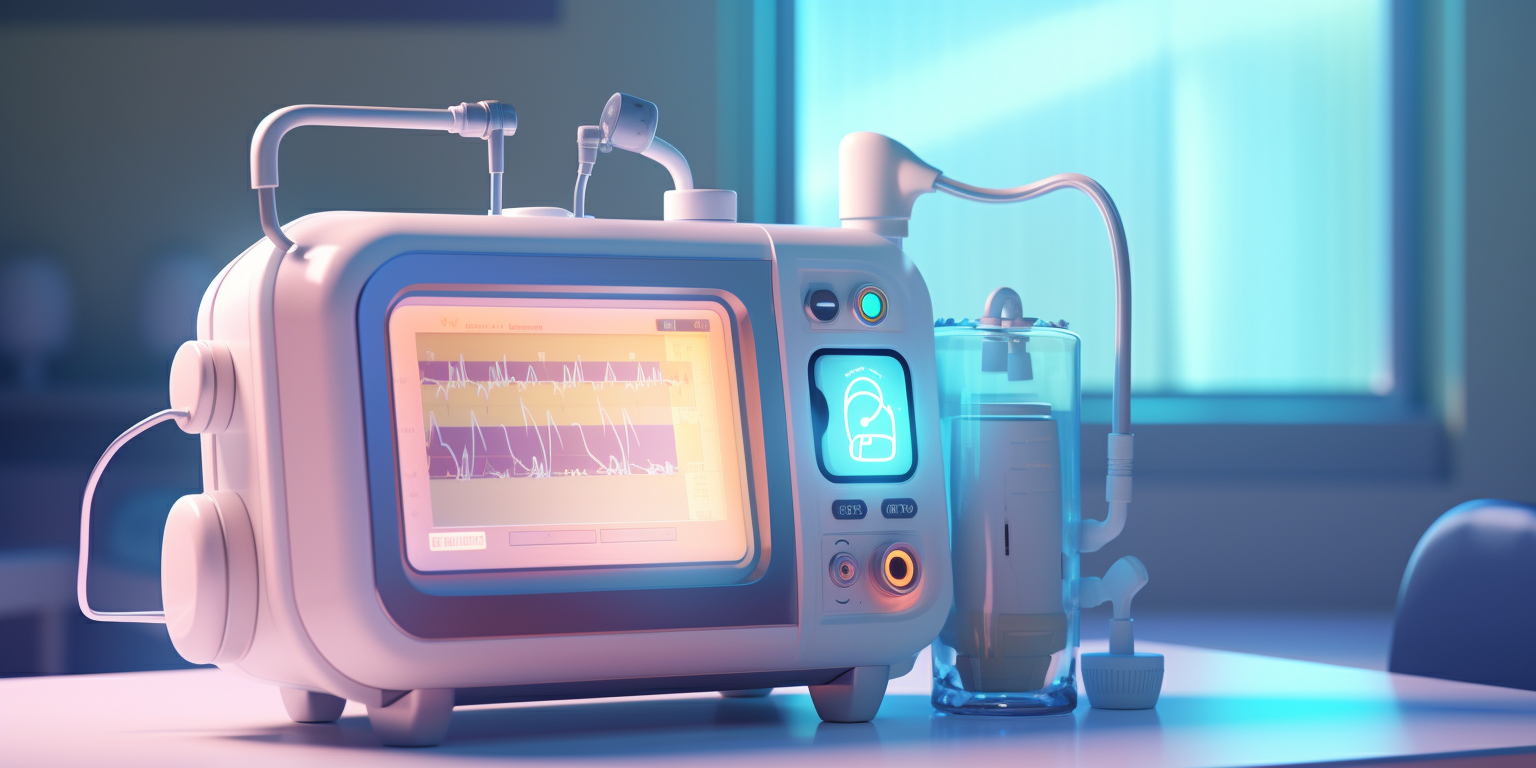Embarking on a journey into the dynamic world of medical device development, we often encounter a myriad of challenges and complexities. In such a landscape, the Model-Based Systems Engineering (MBSE) tool emerges as a beacon of clarity. This blog dives deep into this revolutionary tool, demonstrating how it’s reshaping the realm of medical devices with its pragmatic recommendations and innovative approaches. Providing a fresh perspective, it is a must-read for progressive system engineers and technologists keen to ride the wave of change.
Table of Contents
Understanding Model-Based Systems Engineering (MBSE)
The dynamic landscape of technology has given rise to a number of innovative solutions. One such evolution in the engineering domain is the Model-Based Systems Engineering (MBSE) tool. It marks a paradigm shift from the traditional document-oriented approach to a model-oriented methodology. This tool has made a significant impact across various industries, particularly within the medical device development domain. In essence, the MBSE tool allows engineers to conceptualize, design, test, and refine models, paving the way for more efficient and effective system management.
The Relevance of MBSE in Medical Device Development
The medical device domain’s highly regulated nature and profound societal impact underscore the importance of accuracy, efficiency, and innovation. Technological advancements in medical devices have given rise to complexities that necessitate a robust approach to handle intricate system interdependencies and exacting regulatory standards. The systems-engineering approach of MBSE is well-positioned to manage this labyrinth of factors. With its methodical and model-focused mechanics, the MBSE tool fosters a comprehensive analysis, innovative design and precise validation of complex systems, thereby accelerating the delivery of safe and effective medical devices.
The Story of a Professional in the Medical Device Domain
The intricate world of medical device development presents unique challenges. Professionals in this field, like system engineers, always seek streamlined solutions that enable them to thrive amidst increasing complexities. One such engineer turned to the MBSE tool in a bid to increase efficiency. Tired of the exemptional confines of a basic requirements management tool, this professional desired a more dynamic platform, one capable of maintaining accurate models reflecting the constant changes in design, replacing outdated architecture diagrams–essentially, a single source of truth in the ever-evolving world of system engineering.
The Limitations of Current Tools and the Need for Streamlined Solutions
While there are numerous tools available, many fall short of meeting the multifaceted demands of the medical device industry. Existing tools often either excel in one area while lacking in others, or they are simply convoluted to use. Prime examples are draw.io and Visio, popular for architecture diagrams, but they lack model maintenance capabilities. This dilemma sparked the system engineer’s quest for a more versatile, integrated solution – leading to the exploration of the MBSE tool – the newfound lodestar in system engineering.
Exploring the Potentials of Enterprise Architect
The journey in search of an efficient tool led the engineer to evaluate Enterprise Architect (EA). A state-of-the-art solution boasting a volley of capabilities to create block diagrams and comprehensive models. While EA showed great promise, it came with an intensity that required a steep learning curve, particularly due to the intricacies of Systems Modelling Language (SysML). However, with time, this drawback could potentially morph into strength, as EA’s underlying depth translates into the capacity to handle complex system models.
In the development of their IVUS catheters, Philips leveraged the Model-Based Systems Engineering (MBSE) approach, utilising tools such as SysML and Simulink. This methodology promoted enhanced communication among stakeholders, improved traceability, and efficiency in system verification, ultimately reducing the risk of errors and accelerating time-to-market.
In sum, the quest for better tools in medical device development underscores the need to embrace change, improve efficiency, and expand knowledge. This professional’s journey highlights the role of MBSE tools as a ray of hope in the dynamic landscape of system engineering. And as the world continues to advance, so does the appeal of the MBSE tool and its ability to revolutionise system engineering in the medical device domain.
Exploring Other Tools
Just as one size doesn’t fit all, an MBSE tool suitable for one system engineer might not be the best fit for others. While Enterprise Architect (EA) is a reputable solution in the space, there are indeed other alternatives that can cater to varying levels of expertise, cost-effectiveness, and usage needs. These include, but are not limited to, GENESYS, Cameo, Rhapsody and Visual Paradigm, each with its unique offerings.
A Closer Look at GENESYS
For those seeking an MBSE tool that offers simplicity and minimal complexities, GENESYS may be an ideal choice. It’s particularly pertinent to beginners in system engineering, owing to its design that restricts excessive customisations. This limitation, however, can serve as a strength, helping novices steer clear of unnecessary complications while focusing on acquiring solid foundational skills.
The Flexibility of Cameo
When it comes to flexibility, few can rival the Cameo MBSE tool: a widely-adopted solution, particularly within the Department of Defence (DoD) space. Cameo excels in its ability to tailor system models, enabling engineers to create bespoke stereotypes. On the downside, this flexibility could be both a blessing and a curse. Left unchecked, users may go overboard with customisations, leading to complexity and deviating from best practices.
Exploring Rhapsody
Rhapsody, another promising MBSE tool, shines notably in the realm of real-time software development. Despite its unique strengths, it’s crucial to acknowledge the potential unease Rhapsody might present to beginners in terms of usability. Points of friction aside, with proper training and persistence, Rhapsody proves to be a formidable contender in the MBSE arena.
The Balance of Visual Paradigm
Lastly, Visual Paradigm plays a balancing act between the adjectives of beginner-friendly and feature-rich. It slots itself comfortably in the middle, offering an excellent choice for those seeking a balanced blend of accessibility and functionality.
Matching Tools to Needs
While evaluating these tools, the crucial factor lies in aligning your specific needs and priorities to what each tool offers. It’s essential to remember that each solution holds the potential to excel in its unique way, given the right context. Hence, it’s a case of having a clear map of your requirements and understanding how each tool could best serve them.
Case Study: MBSE for an Intravascular Medical Device
Philips is a global leader in intravascular ultrasound (IVUS) imaging, which is a type of intravascular medical device (IMD) that uses sound waves to create detailed images of the inside of blood vessels. Philips IVUS catheters are designed to provide high-quality visualization and guidance for various vascular interventions, such as angioplasty, stenting, or atherectomy.
Philips has adopted MBSE as a key enabler for its IVUS product development, as it helps to cope with the increasing complexity and regulatory demands of IMDs. MBSE allows Philips to capture, manage, and communicate the system requirements and design specifications using standardized and consistent models, rather than relying on traditional document-based methods. MBSE also supports the verification and validation of the system functionality and performance, as well as the simulation and testing of the system behavior under different scenarios.

Tools Adopted by Phillips
One of the MBSE tools that Philips uses is SysML (Systems Modeling Language), which is a general-purpose graphical modeling language for systems engineering applications. SysML supports the specification, analysis, design, verification, and validation of complex systems that may include hardware, software, information, personnel, procedures, and facilities. SysML provides a set of diagrams that can represent different aspects of a system, such as structure, behavior, requirements, parametrics, and allocation.
Another MBSE tool that Philips uses is Simulink, which is a graphical programming environment for modeling, simulating, and analyzing multidomain dynamic systems. Simulink enables Philips to create executable models of the IVUS system and its components, such as the catheter, the transducer, the signal processing unit, and the user interface. Simulink also allows Philips to perform various simulations and tests on the models, such as functional testing, performance testing, safety testing, and reliability testing.
By using MBSE tools such as SysML and Simulink, Philips can achieve several benefits for its IVUS product development, such as:
- Improved communication and collaboration among different stakeholders, such as engineers, clinicians, regulators, and customers.
- Enhanced traceability and consistency between the system requirements and design specifications.
- Increased efficiency and quality of the system verification and validation process.
- Reduced risk of errors and rework due to early detection and resolution of issues.
- Accelerated time-to-market and reduced cost of development .
Case Study References
Here are some references that you can use to learn more about this case study:
- Philips IVUS. (2023). IVUS imaging: Intravascular ultrasound.
- Philips IVUS. (2023). iFR co-registration: The power of physiology and IVUS combined.
- Philips IVUS. (2023). IVUS virtual histology: Tissue characterization.
- Philips IVUS. (2023). ChromaFlo: Blood flow imaging.
Valuable Insight from the Systems Engineering Community
Success in any venture is largely defined by the collective wisdom and the shared experiences that guide us along the way. This sentiment is never truer than it is in systems engineering, where practitioners often grapple with the implications of their tool choice. Navigating the nuances of Model-Based Systems Engineering (MBSE) tools like Cameo, Rhapsody, GENESYS, and even the Enterprise Architect, requires a solid understanding of their features, an ability to work within their constraints, and an openness to learn from the journey of those who’ve walked this path before.
The Cameo Conversation
Cameo, considered by many to be an industry default in MBSE, is celebrated for its flexibility – a blessing to some, a curse to others. No Magic’s Cameo offers features beyond the standard OMG language specifications, providing a robust toolset and seemingly limitless customisation avenues. However, as some users identify, the shift in control to the designer has its pitfalls. Non-standard models, hundreds of stereotypes, and maintenance issues might become overwhelming, especially for those new to the tool.
In the Realm of Rhapsody
Rhapsody, a product of IBM, has established a formidable reputation, especially among practitioners building real-time software. Known for its robustness and extensive capabilities, Rhapsody has nevertheless also faced criticism over its user-friendliness and steep learning curve. Yet, those who have mastered it vouch for its superiority, citing its powerful code generation and diagram creation features as standouts.
Exploring GENESYS
As we delve deeper into the world of MBSE tools, another noteworthy contender, GENESYS, comes into sight. Renowned for its beginner-friendly interface and unique capacity to limit schema customisation, GENESYS is celebrated for its effort to organise chaos and streamline model construction. Its simplicity, however, may be a double-edged sword, reducing the flexibility that other tools, like Cameo, offer.
Enterprise Architect Evaluation
The competence of Enterprise Architect in creating sophisticated block diagrams and managing models is widely recognised within the industry. Its diverse utility spans across system modelling, business process modelling, and IT architecture. Despite these perks, there exist concerns over its steep learning curve and SysML utility, which may prove challenging for rookies.
Visual Paradigm: A Middle Ground
Visual Paradigm is considered a middle-ground option due to its balanced blend of user-friendly design and comprehensive feature set. It leverages its integration with other tools and standards, such as UML, BPMN, and ERD, to provide an effective solution suitable for various project needs and roles, including that of systems engineers.
Each of these MBSE tools boasts its appeal, hosting unique strengths and downfalls. As engineers, it’s essential we distil this feedback and heed the valuable insights offered by the systems engineering community. It’s these shared experiences that will help manoeuvre the challenges, accentuate the advantages, and successfully implement MBSE tools in the medical device development space.
The Importance of a Trade Study
In the intricate sphere of systems engineering, your choice of tool is undeniably crucial. However, making an informed decision isn’t as simple as cherry-picking features from a marketing catalogue; it entails a meticulous assessment, commonly termed as a Trade Study.
What is a Trade Study?
A trade study, also known as a feasibility study, is an unbiased, structured process that facilitates the multifaceted analysis of potential solutions to a problem. This process involves thoroughly examining each option’s pros and cons, accommodating for all functional requirements, and importantly, addressing considerations of cost, durability, and end-user experience.
Implementing a Trade Study for Tool Selection
Utilising a trade study in selecting system engineering tools, such as the Enterprise Architect (EA), Cameo, GENESYS, Rhapsody, or other Model-Based System Engineering (MBSE) tools, offers a reliable and objective perspective. The trade study allows engineers to ascertain which tool is most compatible with the unique demands of their organisational and project-specific scope.
This selection isn’t solely about ease-of-use or beginner-friendly interfaces; it hinges on the ability of a tool to generate efficient models that streamline the system design and modification processes. To illustrate, Rhapsody, despite its less user-friendly interface, is lauded for its excellent code generation, whilst tools like GENESYS limit schema customisation, favouring a simpler, ‘out-of-the-box’ experience for novices.
Impact of Regulatory Requirements
In the context of medical device systems engineering, the burden of regulatory requirements cannot be downplayed. Instruments used in biomedical applications are often subject to rigorous standards to ensure safety, efficacy, and ethical integrity. These might include FDA certification or compliance with the international ISO 13485 standard for quality management systems.
In such scenarios, the efficacy of an MBSE tool extends beyond its functionalities; its capacity to easily generate documentation and artifacts required for regulatory submissions becomes equally significant. A tool’s capability to manage these often onerous compliance tasks effectively could tip the scales in its favour during the trade study evaluation.
System engineering tools, whilst resourceful, are no ‘one-size-fits-all’ solution. The assessment and ultimate selection of these tools necessitates a thorough trade study that takes into account user competency, project requirements, and regulatory constraints. By embracing this comprehensive approach, engineers can ensure they are equipped with the best tool to navigate the intricate labyrinth of system engineering with aplomb.
Wrap Up
In the complex and constantly evolving realm of systems engineering, particularly within the medical device sector, the tools we use to manage our work can significantly influence our efficiency, accuracy, and overall project success. Through understanding and implementing a Model-Based Systems Engineering (MBSE) tool, we not only modernise our work processes but also create a more integrated and collaborative engineering environment.
Various tools like Enterprise Architect, Cameo, Rhapsody, GENESYS and Visual Paradigm, each come with their unique strengths and learning curves. Aspiring and seasoned engineers alike must consider their specific needs, organisational goals, and regulatory requirements before making the choice. A thorough trade study is crucial, as it provides a balanced comparison concerning the various aspects of each tool.
With the ongoing digital transformation, the adoption of MBSE tools has become more of a necessity rather than a mere choice. As engineers combed through the task of choosing an adaptable and user-friendly tool, it’s essential to remember that achieving mastery in a tool takes not just time but also continuous learning and adaptability.
As we continue to innovate and progress in the medical device engineering field, let’s ensure we are facilitated by tools that assist us in delivering the best quality of work. May the tool you choose serve not as a hurdle, but as a catalyst to your engineering triumphs!
Read our article on Unlocking MBSE: Choosing the Best Books for Model-Based Systems Engineering.







